#e. t. a. hoffmann
Explore tagged Tumblr posts
Text









Moodboard: Ballet - The Nutcracker.
❝It's Christmas Eve. A time of mystery, expectations, who knows what might happen.❞
#moodboard#edit#moodboards#edits#aesthetic#aesthetics#nutcracker#nutcracker moodboard#ballet#ballet moodboard#ballet moodboards#red#aesthetic moodboards#e. t. a. hoffmann#the nutcracker#winter#Christmas#Clara
168 notes
·
View notes
Text
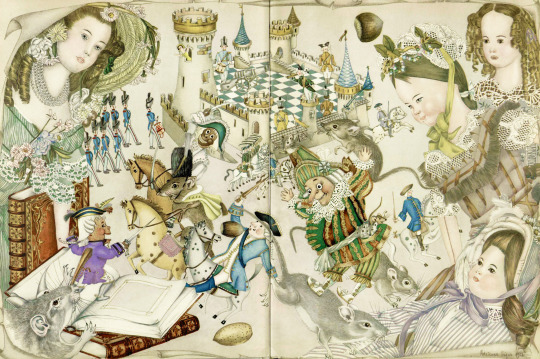
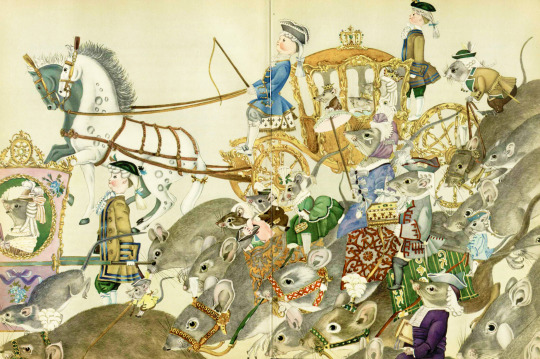
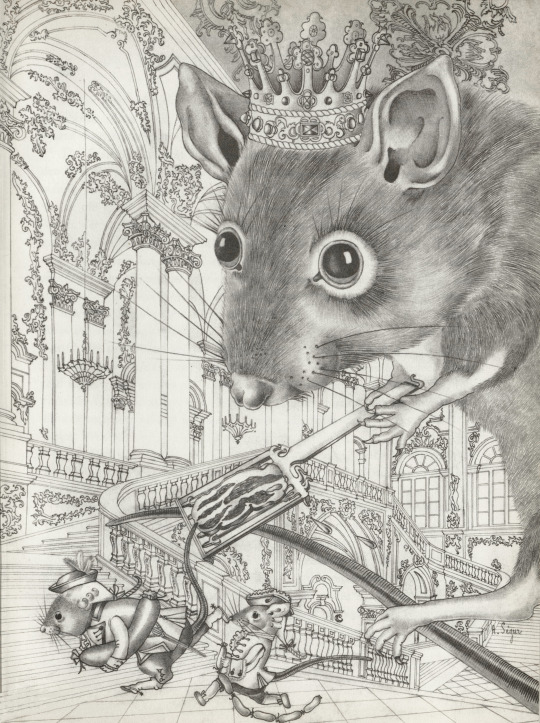
Adrienne Segur (1901-1981), ''Nussknacker und Mausekonig'' by E. T. A. Hoffmann, 1954
A brief selection of illustrations from the above work.
#Adrienne Segur#french artists#e. t. a. hoffmann#Ernst Theodor Amadeus Hoffmann#the nutcracker#the mouse king#children's books
87 notes
·
View notes
Text
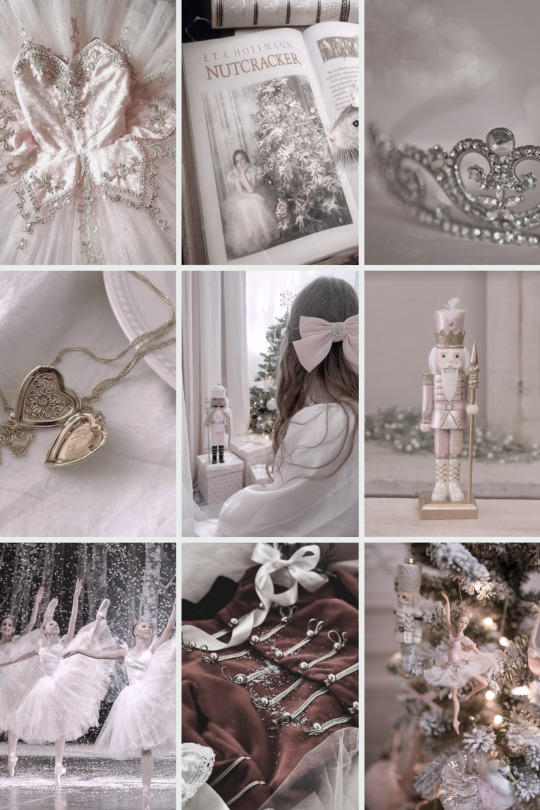
“This locket was supposed to take me home...but in my heart, I feel I’m already there.”
kaitlin's 100 favorite female muses — 62/100: Clara Stahlbaum
#the nutcracker#character challenge#character aesthetics#moodboard#character moodboard#character aesthetic#kaitlin's 100 favorite female muses#aesthetic board#aesthetics#nutcracker#royal ballet#ballerina#ballet#ballet dancer#ballet core#nutcracker ballet#nutcracker aesthetic#barbie#barbie in the nutcracker#clara#e. t. a. hoffmann#tchaikovsky#clara stahlbaum#Clara Stahlbaum aesthetic#nutcracker and the four realms#barbie in the nutcracker aesthetic#Clara aesthetic#christmas#sugar plum princess#Disney
88 notes
·
View notes
Text
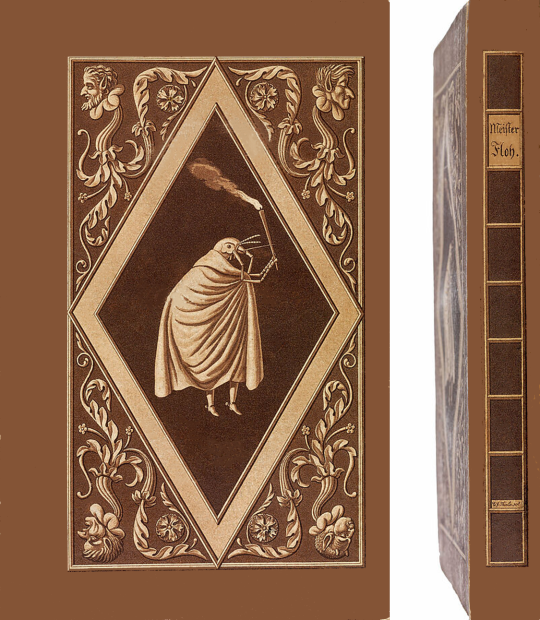
MEISTER FLOH [aka MASTER FLEA] by E.T.A. Hofffman (Frankfort am Main: Friedrich Wilmans, 1822)
‘Shortly before its publication, the novel was the target of a major censorship case. In question were two scenes that appeared to mock the court system and its manner of prosecuting nationalists in the wake of the Carlsbad Decrees. The first edition appeared with significant portions of the fourth and fifth adventures missing. The missing sections were first made public by the literary scholar Georg Ellinger in 1906 in the journal Deutsche Rundschau, and appeared in a new version of the novel published in 1908. Because Hoffmann requested and agreed to the cuts, however, his final intentions for the novel remain unclear, and the novel should be regarded as a fragment.’ — Wikipedia
#beautiful books#book blog#books books books#book cover#books#vintage books#book design#e. t. a. hoffmann
33 notes
·
View notes
Text

The Nutcracker Ballet by RosLoth
#ballet#the nutcracker#pyotr ilyich tchaikovsky#illustrations#clara#marie spielmann#ballerina#snow#winter#christmas#dream#fairytales#e. t. a. hoffmann
31 notes
·
View notes
Text
"Klassische Literatur ist langweilig"
Idk man ich les grade n Buch über nen Mönch mit nem raging Boner der ausm Kloster geworfen wurde weil er ständig heulend und horny vorm Ikonenaltar lag und die anderen Mönche verstört hat.
Und ich bin erst 45 Seiten weit.
#german stuff#e. t. a. hoffmann#die elexiere des teufels#deutsches zeug#classic lit#klassische literatur#das ist so n buch aus der Kategorie “Keine Ahnung warum ich es gekauft habe aber man ist das wild”
17 notes
·
View notes
Text
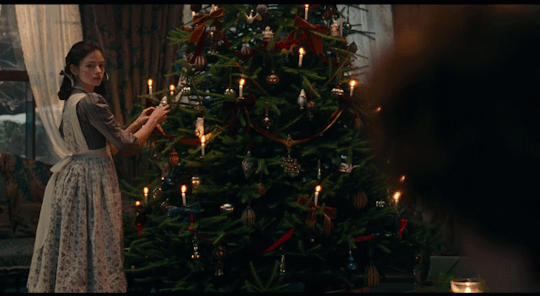
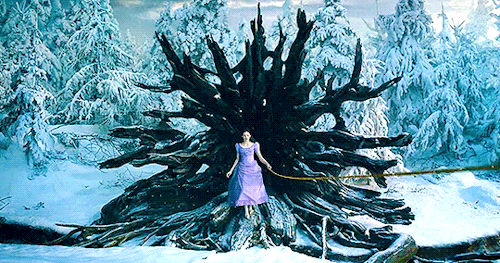
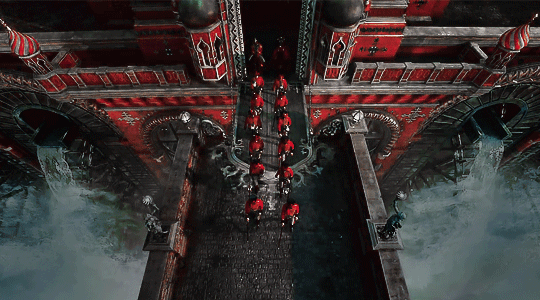
The Nutcracker and the Four Realms (2018, Lasse Hallström and Joe Johnston)
11/03/2025
#The Nutcracker and the Four Realms#2018#lasse hallström#joe johnston#keira knightley#mackenzie foy#helen mirren#morgan freeman#film adaptation#the nutcracker and the mouse king#e. t. a. hoffmann#the nutcracker#pyotr ilyich tchaikovsky#christmas eve#music box#christmas traditions#Nutcracker doll#Tin#Doll#waltz#South Kensington#Pinewood Studios#budget#conducting#gustavo dudamel#cameo appearance#Toccata and Fugue in D minor BWV 565#fantasia#1940#post production
8 notes
·
View notes
Text






Illustrations for The Nutcracker and the Mouse King by E. T. A. Hoffmann (1970). Artist: Lidiya Gladneva (Russia, ?–2021)
17 notes
·
View notes
Text
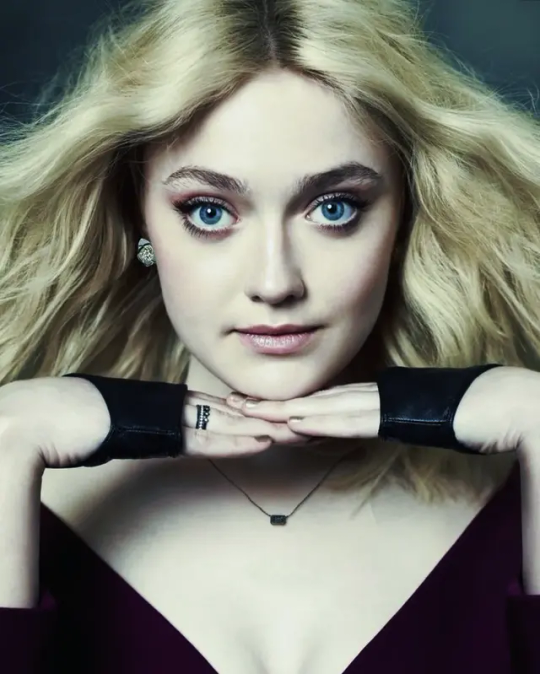
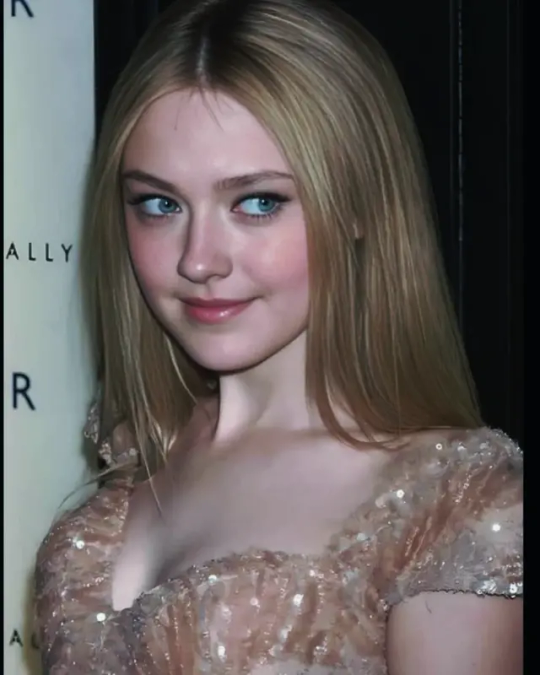
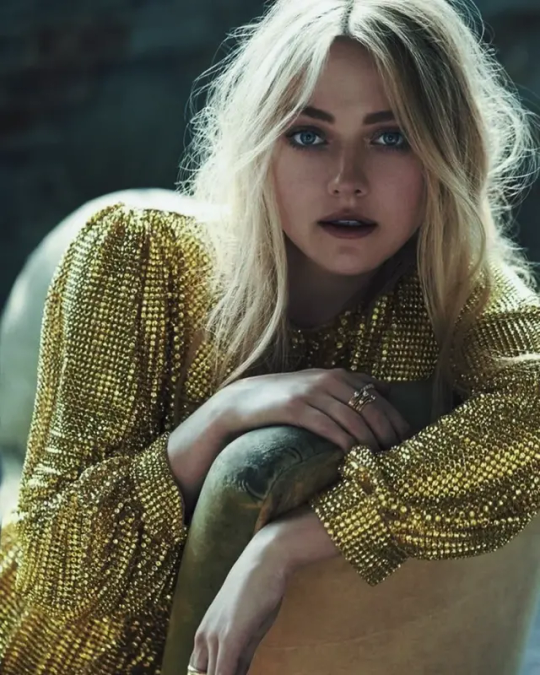
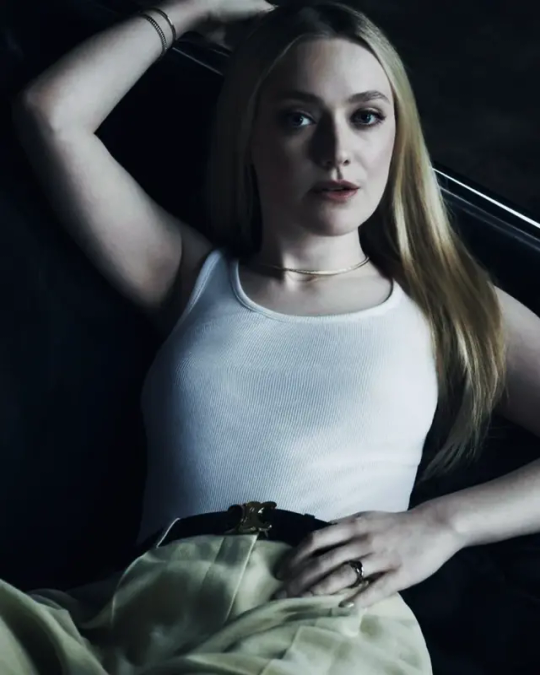
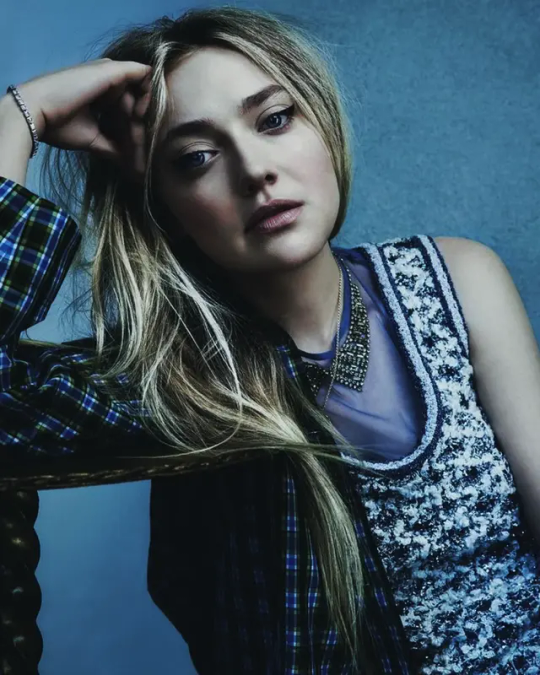
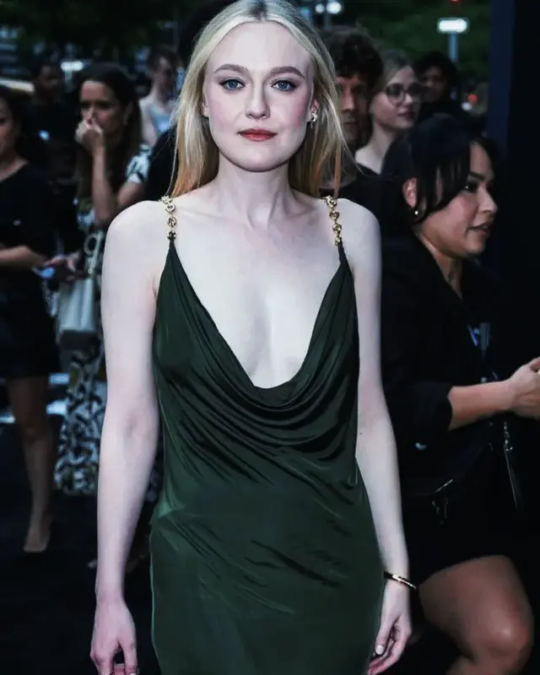
Happy Birthday Dakota fanning! 💝✨💝
6 notes
·
View notes
Text
Café Prinzess in Regensburg - das älteste Kaffeehaus Deutschlands (Update)
Ein Ausflug nach Regensburg vor etwas über zwei Jahren hatte eine faustdicke Überraschung für mich parat. Doch der Reihe nach. Fest eingeplant bei meiner 9-Euro-Ticket-Tour nach Regensburg war nämlich ein Kaffee-und-Kuchen-Stopp in einem dort ansässigen Kaffee. Ich hatte mir vorab einige Cafés im Internet angesehen und mich dann, auch wegen der zentralen Lage, für das Café Prinzess entschieden.…
#coffeenewstom#9-Euro-Ticket#9-Euro-Ticket-Tours#August der Starke#Barbara Blomberg#Barbara Blomberg Torte#Café Prinzess#Café Procope#Caffè Florian#Christian Fürchtegott Gellert#Coffeenewstom#Don Juan de Austria#E. T. A. Hoffmann#Francesco Procopio dei Coltelli#Franz Listz#Goethe#Gotthold Ephraim Lessing#Gustav Mahler#Johann Christoph Gottsched#Johann Sebastian Bach#Johannes Theodat#Kafenion Bekir Karakusu#Kaiser Karl V.#Karl V.#Leipzig#Leonhard Rauwolf#Mevlana Shisha Bar#Mevlana Turkish Coffee#Napoléon#Napoléon Bonaparte
4 notes
·
View notes
Text
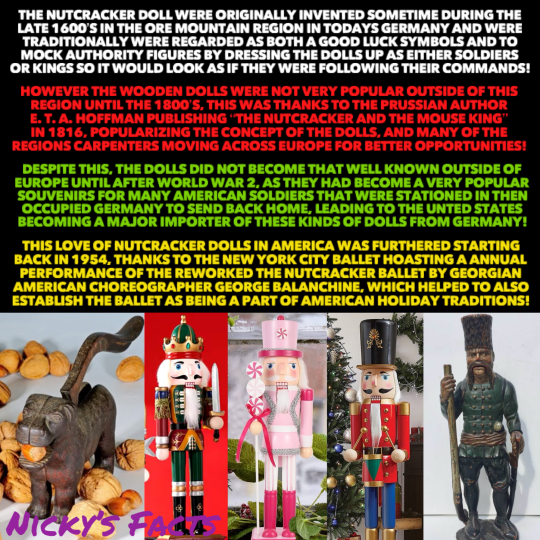
Nutcrackers are always ready to serve regardless how nutty the enemy is!
💂🏻♀️🌰💂🏻♂️
#history#nutcracker#germany#e. t. a. hoffmann#the nutcracker and the mouse king#christmas history#new york city#1600s#1800s#1900s#world war 2#holiday season#souvenirs#german history#christmas#pink christmas#american military#wood carving#new york city history#ww2#christmas decorations#ballet#nutcracker doll#united states#ballet history#wooden doll#nickys facts
3 notes
·
View notes
Text
Two stories, one world: The Nutcracker
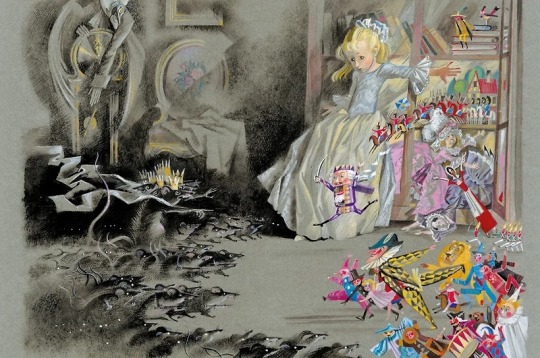
Originally posted on The Moving Lips
The Christmas imaginary, the holiday, celebrations inspired the greatest European authors since the origin of modenrity, from Nikolay Gogol’, Charles Dickens, Boris Pasternak, Alexandre Dumas pére, becoming each time an opportunity to develop the topics of national folklore in a Christian point of view, or to explore the creative mind in the lens of childhood or through the beauty of brief moments of joy, or even becoming an occasion to critique or describing the social context of a given historical period, narrating the fate of a people, of a certain individual.
How many of us book lovers lose ourselves in Gogol’s irreverent worlds with “The Night Before Christmas”, or travelled in the Christmas of our childhood, present and future together with Scrooge, the main character of “A Christmas Carol”, or even thanks to a timeless tale such as “The Nutcracker”, immortalised by the opera of the great Russian musician, Pëtr I. Chaykovsky. “The Nutcracker” had made thousand and thousand of children dream all over the world and given us magic moments for our Christmas, but this beautiful and apparently simple tale hides a complexity which collects History and the collective imaginary of whole generations, because “The Nutcracker” is not just a Christmas story for children.
The original story, titled “Nutcracker and Mouse King” (Nußknacker und Mausekönig) is a novel by E.T.A Hoffmann, written in 1816, during the Romanticism era, and, indeed, many topics of this literary movements are contained in this tale; nevertheless, the story as it’s known by most readers, and used for the well-known ballet put to music by Chaykovsky, is the one told by the version edited by Alexander Dumas pére in 1844, in Positivist era, titled as “The Tale of the Nutcracker” (Histoire d’un casse-noisette). More edulcorated and detailed is the Dumas’s version, more intimistic and crueler is the one written of Hoffmann, these two works, although similar in the plot, show complex ideological differences, given the different historical contexts. Hoffmann takes the Romantic literary tendencies to tell Nutcracker’s story, this toy hero who challenges the evil forces symbolised by the Mouse King, firstly by not hesitating a more intimate vision of the story, describing Christmas atmosphere in a symbolic way, almost like he wanted to imitate children’s gaze, that «[v]iewed from the perspective of the three children, the Christmas tree is magic, and the events feel them with wonder and terror»[1]. Here, moreover, starting from the tradition begun by Hegel’s “The Phenomenology of the Spirit”, he built the structure of the book on the dualism of the identity of the object (i.e. the mind becoming the object of observation), subject and the thematic of the double.
More detailed and realistic, as positivist tradition ruled, is Dumas’s version, that put on the foreground not the individual, but family and society, moving from a magic imaginary of Christmas to social aspects, describing habits and traditions. The story is projected to the world, denying the existence of the “spirit”; «[u]nlike the Hoffmann story, where everything is part of everything else, Dumas disengages himself from the story (also through the distancing “Once upon a time” opening formula), destroying its credibility, and transforming it into a realist type of narrative with detailed portraits of the characters, on which he passes judgement like an omniscient narrator»[2].
This relation with reality by connecting to the outer and to those historic events which inflamed Europe during 19th Century is one of the elements that makes this tale so unique, so appreciated by both children and adults. “The Nucracker” is a universal story, able to adapt to every historical period, and being always modern in its message; it’s a story that mediates between cultures and makes them connect to each other. It was born in Germany, then it moved to France, change language, and got to Russia, where it became one of the most touching classical ballet, to reach the whole Europe, being part of the fabric of this fragmented, complex, and variegated culture-continent, and going beyond. A world becoming the Konfektburg, the Candyland, in “The Nutcracker”, where different peoples – Greeks, Armenians, Tyrolese – lived together peacefully, where social classes are mixed, discuss and respect each other, where Europe and Asia can communicate in a time when it was not possible yet, when China was still closed within its borders, and Greeks and Armenians were fighting for their independence from the Ottoman Empire. A world in peace and united, an utopia dreamed by Marie, the main character, and everyone, in the innocence of childhood, dreamed that it could be exist. A fictional world, but where still the battle which most characterised the collective and cultural imaginary of humanity, which shaped myths and the knowledge of the world, which made us humans: the one which sees the forces of good fights the evils ones. The good, the Nutcracker, the general, the warrior who sacrificed himself, and the evil, the Mouse King, a nearly apocalyptic creature, a monster with seven heads of serpent, who’s firstly stopped by Marie, that received his crown, – who is the mean between the world of toys and the real one –, and then defeated by the Nutcracker, freeing himself from the malediction.
The Nutcracker symbolises the values of Christmas, i.e. communion, altruism, bravery, a united people, the victory of the good on the evil, the beauty of a world that only children (and artists) can see through the ugliness of this disappointing reality.
Note
1. BARNA, C. R. (2018). Experiments in Pattern Recognition Case study: The Nutcracker. International Journal of Arts and Commerce, Vol. 7 No. 5, p. 42
2. Ivi, p. 43
#the nutcracker#e. t. a. hoffmann#Alexandr Dumas pére#christmas#writing#blogging#literature#politics#article
2 notes
·
View notes
Text
Okay but why would you marry a human woman and become a civil servant in Prussia when you could marry a snake and become a wizard in Atlantis? It's like a no-brainer
4 notes
·
View notes
Text
The Nutcracker and the Mouse King by Hoffmann Scarf Shawl Wrap.
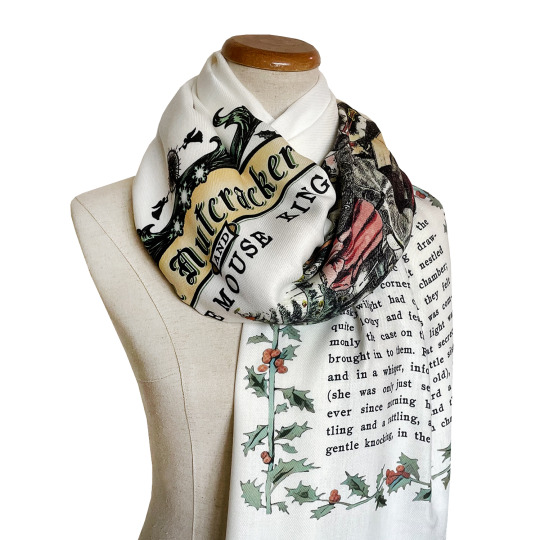
#The Nutcracker Scarf#Nutcracker Inspired#Mouse King Wrap#Fairy Tale Fashion#Christmas Story Style#Bookish Accessories#Literary Scarf#Classic Literature Style#Fairy Tale Inspired#E. T. A. Hoffmann#Nutcracker Aesthetic#Holiday Gift Ideas#Christmas Fashion#Cozy Winter Style#Book Lover Fashion#Etsy Finds#Gift Ideas for Readers#Christmas Accessories#Unique Scarves#Handmade Holiday Gifts#universalzone#classic literature#bookish gifts#universal zone#books#bookworm#the nutcracker#nutcracker
2 notes
·
View notes
Text
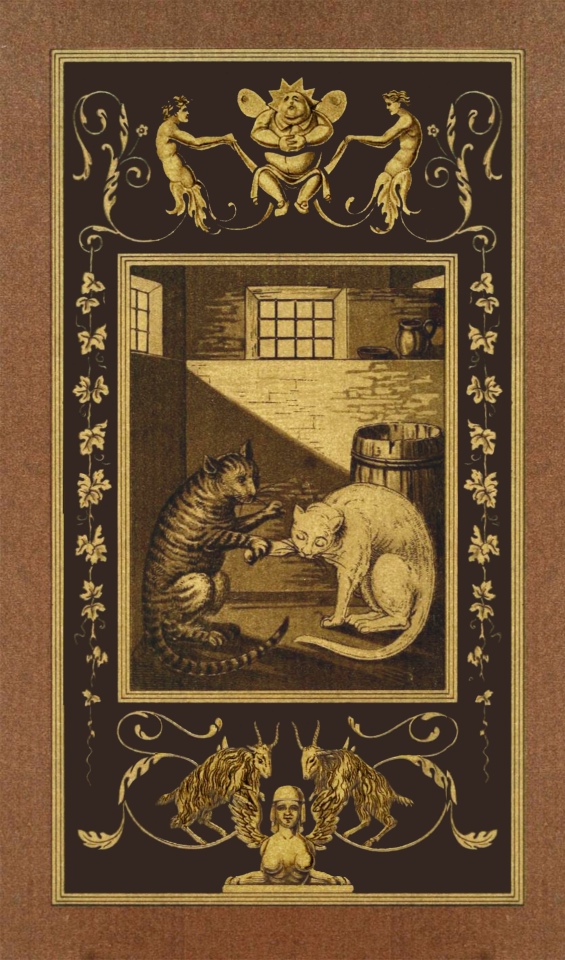
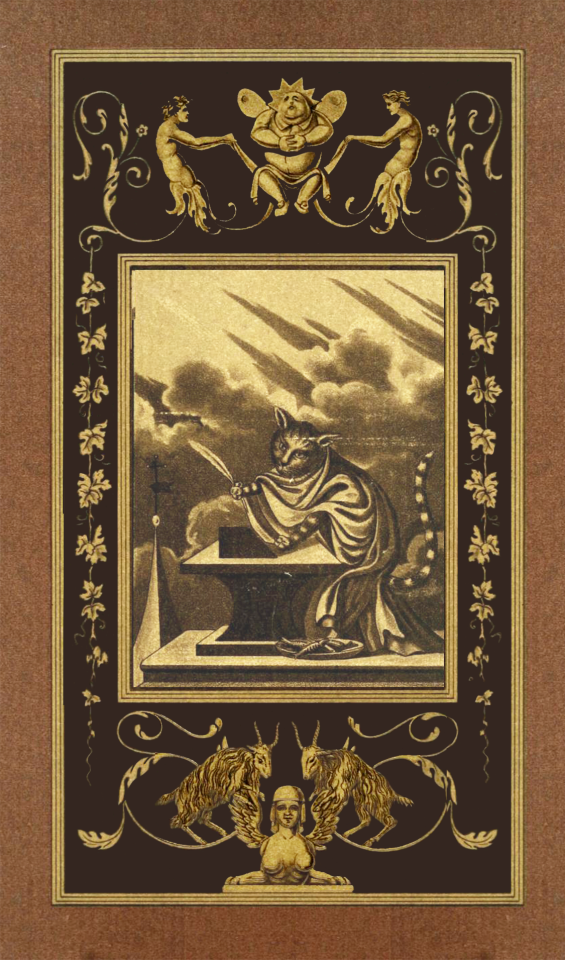
LIEBENS-ANSICHTEN DES KATERS MURR [aka THE LIFE AND OPINIONS OF TOMCAT MURR] by E.T.A. Hoffman, 1776-1822. (Leipzig: Inset, 1822) Illustrated by Hans van Mueller

source
Wikipedia
#beautiful books#book blog#books books books#book cover#books#vintage books#illustrated book#book design#book binding#e. t. a. hoffmann#hans van mueller#19th century
22 notes
·
View notes
Text
"And there you lay on the floor, close to the glass-fronted cupboard, bleeding heavily."
#marie stahlbaum#The Nutcracker and the Mouse King#WHY is these parts so hard to find; the point of the story?#I love the bloodyness#Trippy b*tch ...just like me <3#PÄHKINÄNSÄRKIJÄ JA HIIRIKUNINGAS eli Pähkinänsärkijä (Nussknacker und Mausekönig) on E. T. A. Hoffmannin kirjoittama satu vuodelta 1816.#The Nutcracker and the Mouse King (German: Nussknacker und Mausekönig) is a story written in 1816 by Prussian author E. T. A. Hoffmann.#E. T. A. Hoffmann#E.T.A. Hoffmann#ETA Hoffmann#clara stahlbaum#TheNutcrackerAndTheMouseKing
2 notes
·
View notes